‘I found paradise, drew a map, and within 15 years it was ruined’
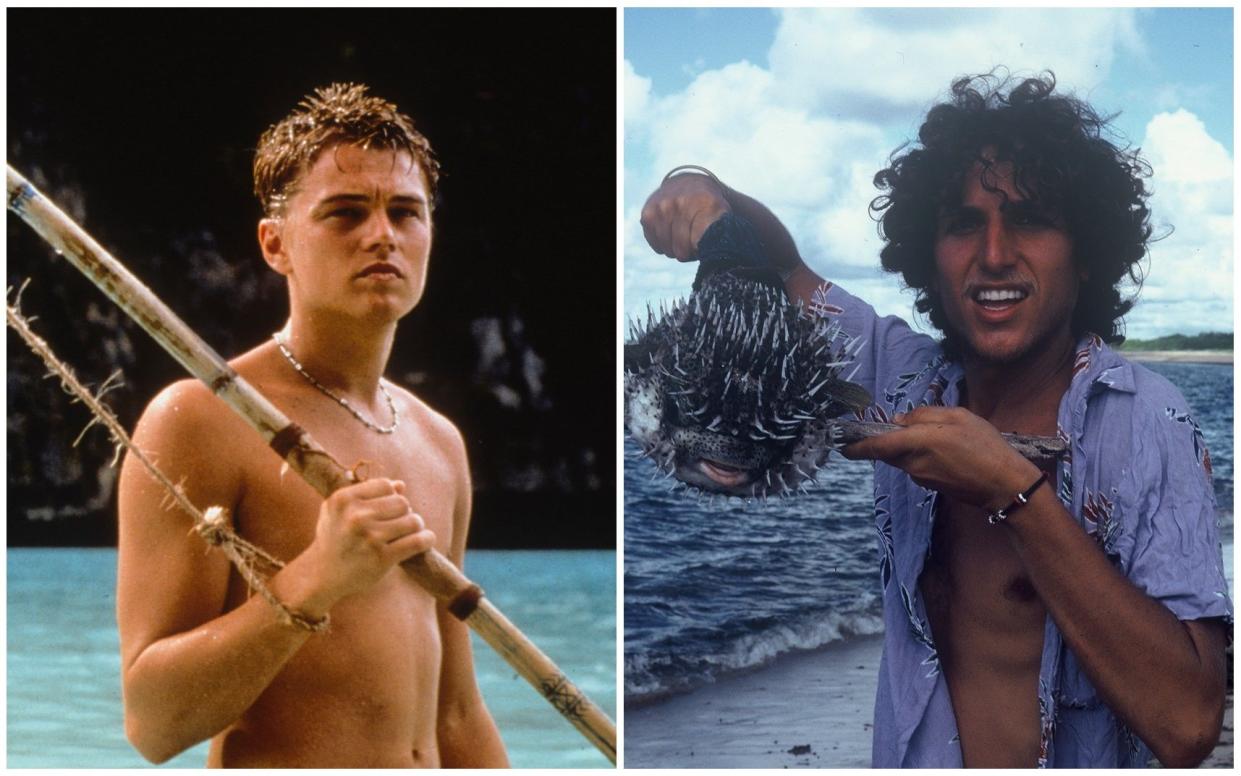
In 1993, Costas Christ was flicking through the New York Times Magazine and stopped on the centre spread. He couldn’t believe his eyes.
He was looking at a photograph of a Thai island, filled with thousands of tourists celebrating the Full Moon Party. This couldn’t be real, he thought. It was Hat Rin Beach. Somboon and Chom’s beach. The beach that he had discovered 14 years earlier. His mind turned to the map that he drew.
Costas’ story features in a new documentary, The Last Tourist (released May 24), which reveals the shocking effects of overtourism. In the film he recounts his experiences as a case study for the rampant growth of tourism in the latter half of the twentieth century, but when you unravel the details his story sounds like it could be the plot for a Hollywood film. Maybe it is.
It was 1979 when Costas, a 20-something-year-old American backpacker, arrived on the Thai island of Koh Samui. He had tanned skin, long hair and a beard; the dictionary definition of a Seventies hippie backpacker.
He had been on the road for some time and was growing increasingly disillusioned by what he was seeing, which is what brought him to the supposedly untouched island of Koh Samui. “I had a desire to get to the farthest, the most remote, the unexplored."
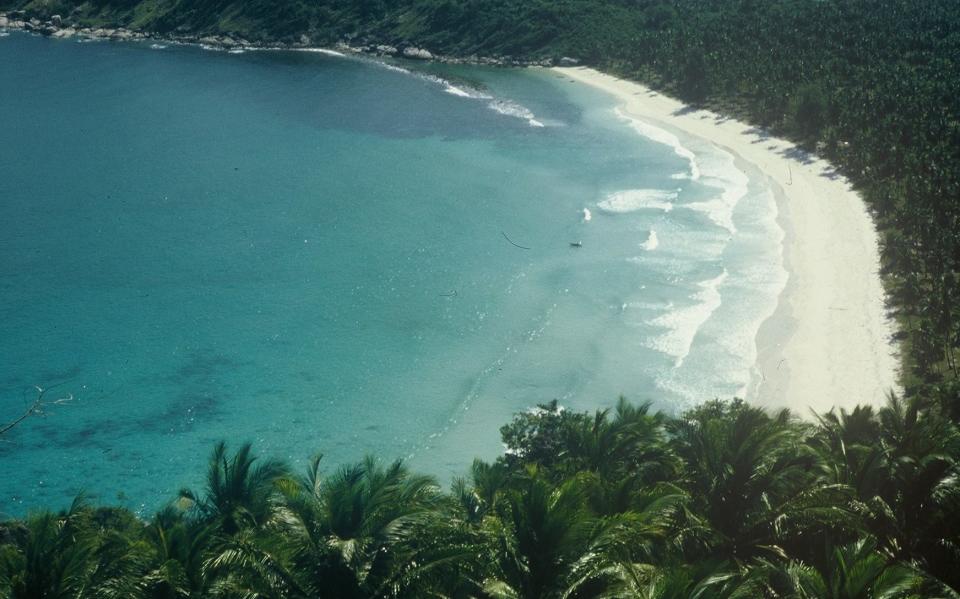
But on arrival he found more of the same, with half a dozen touts flogging their hotels and tours to a group of bright-eyed Western backpackers. So he stayed on the boat, and once it was empty he asked the captain where he was going next. The man pointed his head to an island on the horizon.
“Ko Phangan has no tourists. Nothing for you,” the driver said in broken English.
“You don’t understand. I want nothing. That’s what I’m searching for,” replied Costas.
An image of paradise
When the boat arrived at Koh Phangan, Costas knew he had found what he was looking for. No hawkers, no hassle.
“I didn’t know where I was going, so I just started walking up the shoreline for hours,” Costas says. “It was almost sunset and I came around a corner, and I saw this beach. It was an image of paradise.”
There was a lone man knocking barnacles off the bottom of a boat, and when he turned around he said to Costas in perfect English: “Whoah, dude, where did you come from?”
This was Somboon, who lived in a makeshift home on Hat Rin Beach with his wife, Chom. Both were born on the island, but they had worked as contractors for the US military during the Vietnam war, clearing jungle and working in mess halls, and they still spoke English with an early 1960s American military twang. Costas was the first western tourist they had ever seen on the island, and for two months he stayed with them, sleeping in a little bamboo chicken hut.
“At about 3.30 in the morning he would rattle the side and we’d go fishing. It was subsistence living. We would go up into the hills and pick fruits. We once met his friends on the mountaintop, who spoke no English. It was a snapshot in time,” says Costas.
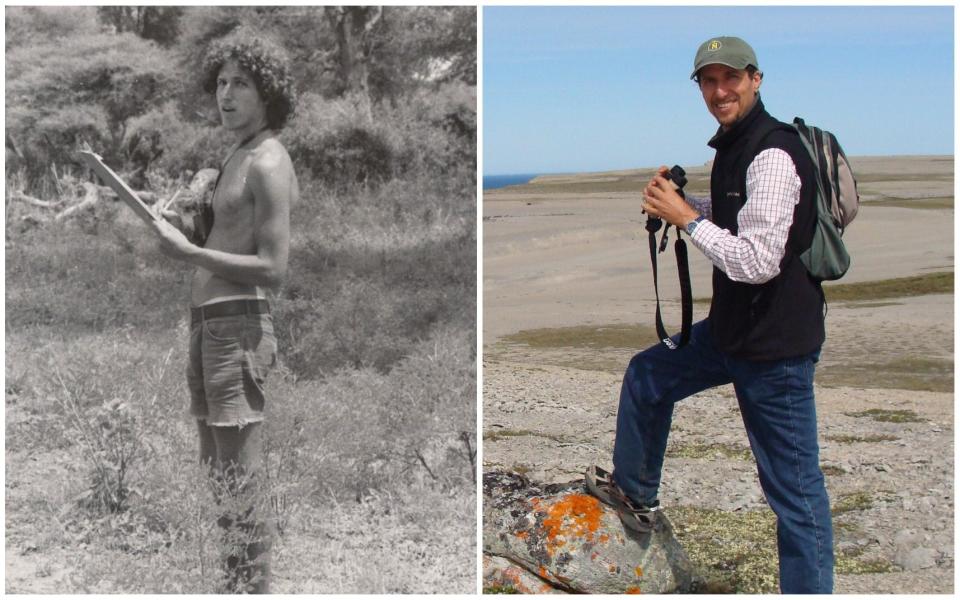
But his time on the island was limited. Earlier in his travels Costas had met a German couple in Bangkok, and after the girl broke up with her boyfriend Costas had agreed to meet her on Koh Samui on a set date. This being, of course, in the days before email and mobile phones.
While catching up on their adventures Costas excitedly drew a map of Koh Phangan, showing the girl the exact location of Hat Rin Beach. They even visited the island together, staying with Somboon and Chom, but after arriving back in Koh Samui, their relationship came to an end. He went to get her a drink, and when he came back she was gone. Costas never saw her, or the map, again.
The secret is out
Two years later, in 1981, Costas revisited Koh Phangan and everything had changed. Somboon and Chom had been evicted from their home and boats were now arriving straight on to Hat Rin Beach.
In the early days, free spirits visited the island to stay in stilted bungalows, and there would be a relatively low-key Full Moon Party each month. But it soon grew, and by the late 1980s Hat Rin Beach had become the epicentre of the hedonistic monthly parties. Later, a wellness retreat away from the chaos, The Sanctuary, was founded elsewhere on the island. Today the island attracts around a million visitors per year, with the Full Moon attracting between ten and twenty thousand people.
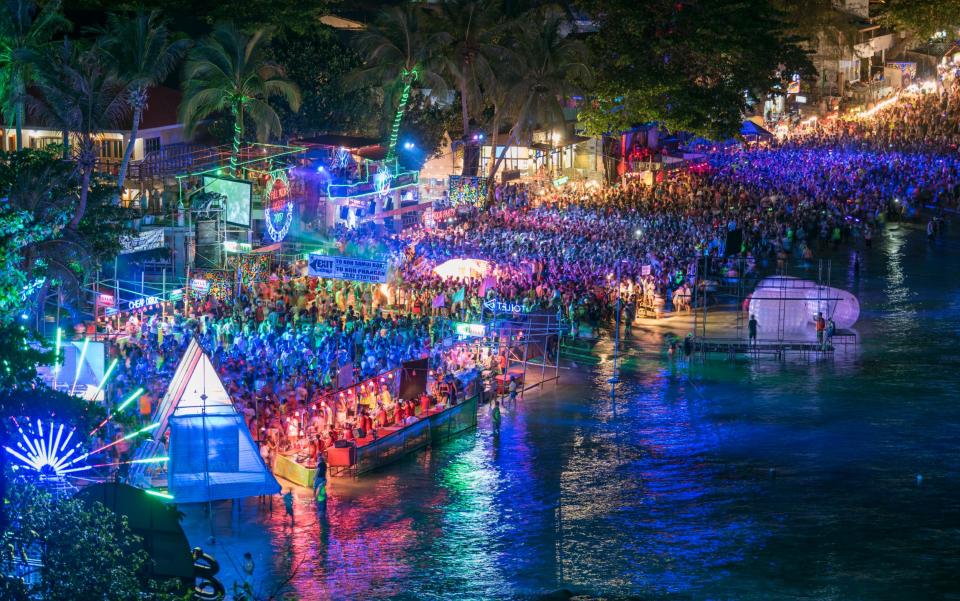
“I never went back, because it was too painful. I don’t like the feeling that I may have had something to do with it. There is guilt. Did I start this? Was it all my fault? Or maybe it was just a matter of time until another tourist said ‘what’s that island over there?’”
Art imitating life
Costas’ story might sound familiar, given that it so accurately mirrors the plotline of Alex Garland’s novel The Beach and the film starring Leonardo Di Caprio. Could this possibly be a coincidence?
“What’s startling to me is how much the film parallels my own story, with certain embellishments,” says Costas.
There was nobody called Daffy who committed suicide in Bangkok, for example, there was no cannabis plantation on the island, and the film was actually shot in Maya Bay on Koh Phi Phi Lay, not Koh Phangan. But the idea of a young, disillusioned backpacker befriending a European couple in southeast Asia, having a romance with the girl, discovering a remote island and drawing a map, which all led to the secret getting out? It is achingly familiar.
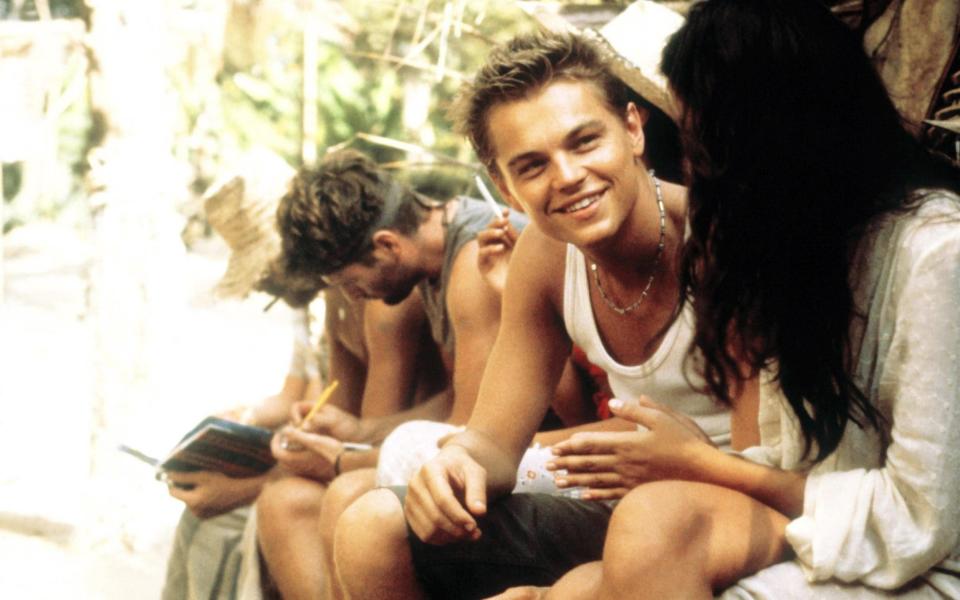
The bones of that narrative – and indeed the founding of a free-spirited community on the island – are all rooted in true events.
Costas has never met Alex Garland, and says it could well be a coincidence how closely The Beach reflects his experiences.
What comes after paradise?
After his backpacking experiences, Costas Christ dedicated his life to enhancing the positive impacts of tourism. Today he is one of the world’s leading responsible tourism experts, having helped to establish the UN Global Sustainable Tourism Criteria. Featuring in The Last Tourist is the latest chapter in his mission to shed light on the damage done by unchecked tourism, and how the industry can indeed be a force for good.
Before our conversation ends, Costas recalls a televised interview he saw with the mayor of Koh Phangan years after his visit. He was talking about Hat Rin beach, Somboon and Chom’s beach, and the words stayed with Costas.
“We have destroyed this, and it’s too late for us," said the mayor. "But maybe our story will help somewhere else. Another beach, somewhere."
The Last Tourist (thelasttouristfilm.com) airs in the UK on May 24 across multiple platforms including Sky, iTunes and Amazon. The Telegraph has reached out to Alex Garland and awaits a response.

